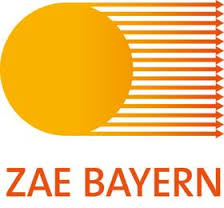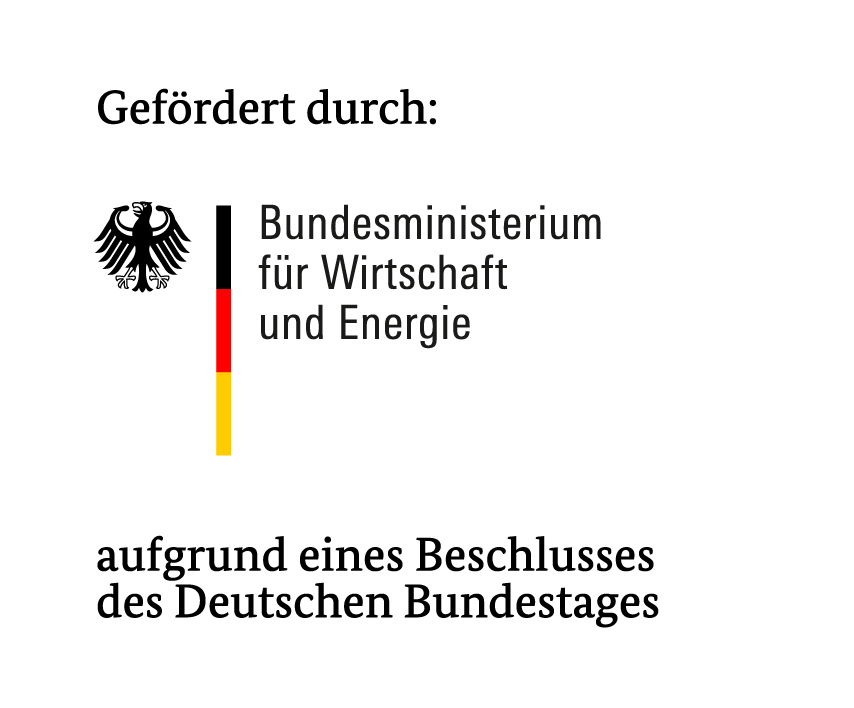Brief description
In the MAKSORE project, the Institute of Thermodynamics and Thermal Engineering is in charge of the subproject “Storage concept B: Open sorption store with composite adsorbents”.
The major objective of the overall project is to broaden the fundamental understanding of sorption stores and to create the conditions for essentially improved sorption stores via a basic research approach. Material research of sorbents and composites as well as approaches for an improvement of heat and mass transfer are to be considered in close relation with the boundary conditions of the respective application. Most important objectives are:
- Increase in storage density (by new materials, composites and system concepts)
- Improved storage concepts for heat supply (cascade use and crystallization; additional benefit by heat transformation, e. g. for air conditioning)
- Further development and optimization of sorption stores
On the basis of previous research projects of the ITW team, the concept of an open adsorption store shall be further developed based on extruded honeycombs and transferred to new materials. In an earlier national research project (MonoSorp), in cooperation with the Institute of Plastics Engineering (Institut für Kunststofftechnik IKT), a sorption store prototype made of zeolitic honeycombs was constructed for the first time and successfully tested in lab-scale production. This is a reference for the current subproject regarding mold production and the further development of the extrusion process. The molds’ through-flow and volumetric solids content shall be optimized.
Sorption thermal energy stores
The mechanism of sorption thermal energy storage is based on adsorption. Adsorption is described as the attachment of molecules to a solid’s surface while thermal energy is emitted. This effect can be used to store heat which will be used at a later point in time. The store material completely desorbes with the thermal energy to be stored. Energy can be extracted again from the store at any time by feeding the substance to be adsorbed. As long as the desorbed material is not exposed to the substance to be adsorbed, energy can be stored without losses for any period of time.
Zeolites are especially suitable for adsorption heat storage due to the zeolites’ highly porous matrices and resulting large inner surfaces for the adsorption of e.g. water molecules. Therefore, the working pair zeolite and water is considered in the project. Heat is stored when water is extracted from the store via desorption and in reverse, heat can be extracted when humidity is fed again into the store via air flow (see fig. 1).
In the concept of open adsorption storage, the working substance air is emitted into the environment after having flown through the store. The open process management can be simply realized and with advantageous process engineering. During adsorption, the outlet temperature remains on an almost constantly high level by the complete loading of the store. The heat released upon adsorption causes an increase in the adsorption material’s temperature and the latter results into a warming of the air flow. Via the air flow, the heat of adsorption is discharged from the store and used for space heating purposes.
Various zeolites such as e.g. zeolites 3A, 4A and 13X are already available commercially as ball or mold fills (see fig. 2). They cause a very high pressure drop especially in large flow lengths. In several projects already (Monosorp, EnerChem), zeolites were therefore converted into honeycomb shapes (see fig. 3). In Monosorp, honeycombs were already produced using 4A zeolite. The objective of the current project is to expand the honeycomb production to the zeolite types 13X or Y. At the same time, it is essential to improve the macroscopic and microscopic honeycomb geometries and to enable the production of large kilogram quantities.
Project phases
The project includes the following phases:
Production – characterization – modeling of material – modeling of overall system
Production
The first milestone in the B1 work package was already achieved: the extrusion of 4A and 13X zeolites in kilogram range. They are produced using a twin-screw extruder. The recipe of the raw mixture shall be further improved during production.
Characterization
The honeycombs produced in the first phase are experimentally analyzed in a lab reactor (volume approx. 200 ml) at ITW in order to characterize the thermo-physical material properties. The thermal performance of the storage material is macroscopically analyzed in adsorption/desorption cycles under variation of air feed conditions.
Modeling of materials
For mathematical modeling and numerical simulation of the thermal performance of the produced materials, the relevant modeling parameters are experimentally identified. For this purpose, the project partners ISE and THW, respectively, determine pore size distribution, water vapor isotherms, cycle stability, adsorption capacity and adsorption kinetics of the sorption materials.
Modeling of overall system
In order to avoid time-consuming and expensive measurements of existing plants, the thermal performance of the investigated storage concept is determined in combination with the newly developed storage materials via a numerical system simulation. For this purpose, a simplified model of the overall system is derived and validated from the previously created detailed models and experimental investigations in the lab reactor.
Project duration
September 2014 – March 2018
Project partners
 |
Institut für Kunststofftechnik (IKT), University of Stuttgart |
|
|
Karlsruhe Institute ofTechnology (KIT) |
|
|
Fraunhofer Institute for Solar Energy Systems (ISE) |
 |
Wildau Technical University of Applied Sciences |
 |
ZAE Bayern |
Publications
Benjamino R. Formisano; Tamara Schapitz; Henner Kerskes; Christian Bonten: Development and Characterization of Zeolitic Honeycombs for Heat Storage, University of Stuttgart, Germany, Deutsche Zeolithtagung 2016, Gießen ![]()
B.R. Formisano; T. Schapitz; H. Kerskes; C. Bonten: Extrudierte zeolithische Wabenkörper für den Einsatz in der Wärmespeicherung ![]()
Acknowledgements
The MAKSORE project was funded by the Federal Ministry for Economic Affairs and Energy due to a decision of the German Bundestag and supported by Project Management Jülich (German: Projektträger Jülich, PtJ) under grant number 03SFO441C. The authors would like to sincerely thank for their support.


Contact

Dr.-Ing. Henner Kerskes
Team Lead

Tamara Annabelle Theimel, M.Sc.
Academic employee





